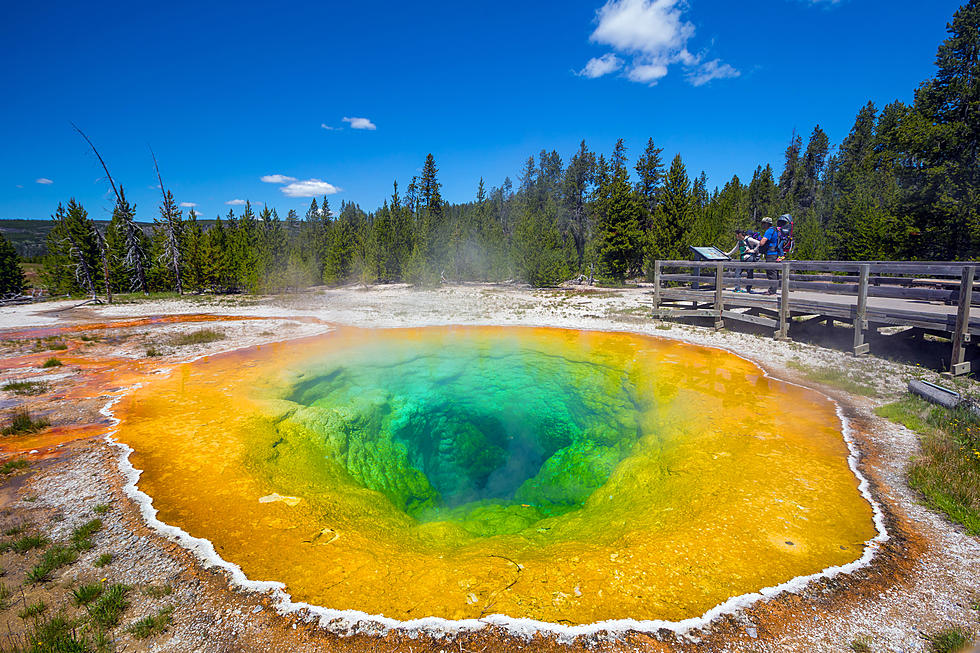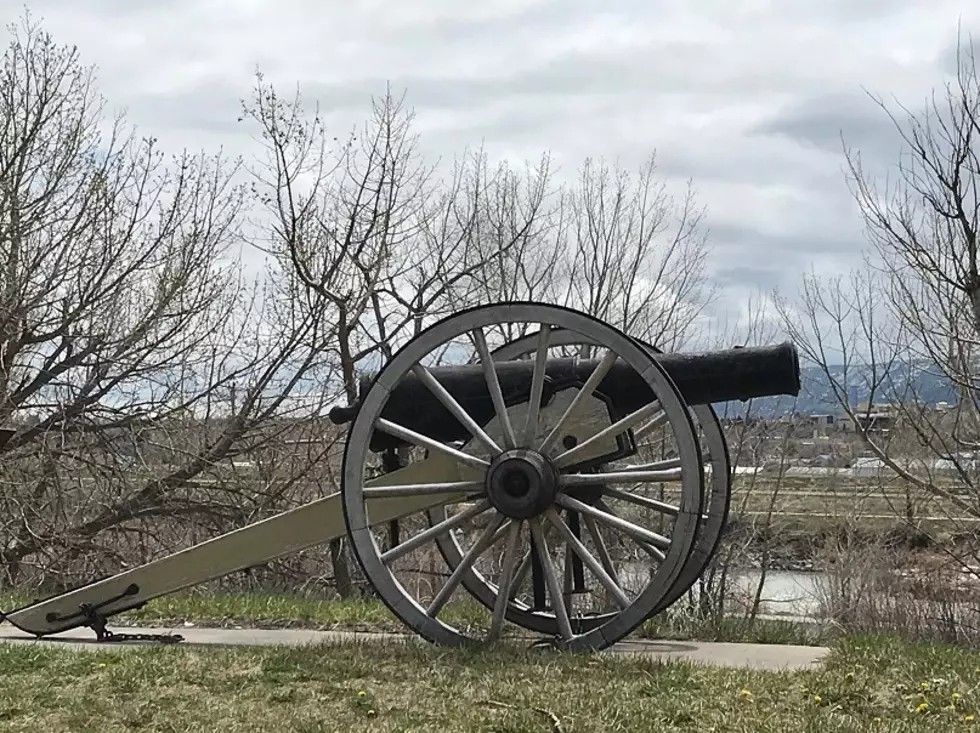
The 150 Year History Of Wyoming’s Yellowstone
Native Americans had lived and hunted in the massive park area we now call Yellowstone for hundreds of years before the first Anglo explorers arrived.
John Colter was the first Anglo to travel through the area. After journeying with Lewis and Clark to the Pacific. He then hooked up with a party of fur trappers to explore the wilderness. The year was 1807.
Just try to imagine what he was thinking as he explored the Yellowstone plateau and returned with fantastic stories of steaming geysers and bubbling cauldrons. Some doubters accused the mountain man of telling tall tales and jokingly dubbed the area “Colter’s Hell.”
Colter came back to civilization and explained what he saw. No one believe him. They thought it to be the rantings of a mad man who had spent too much time alone in the wilderness.
The place remained a mystery to the white man until 1869.
It was Folsom-Cook and his expedition who made the first formal exploration. A year a much more thorough look was given by the Washburn-Langford-Doane expedition.
A good look at what was there was not seen until geologist Ferdinand Hayden came along. Hayden brought William Jackson, a pioneering photographer, and Thomas Moran, a brilliant landscape artist, to make a visual record of the expedition.
Suddenly people were paying attention.
President Grant signs the bill creating the nation’s first national park at Yellowstone on March 1, 1872.
Happy birthday Yellowstone National Park!
Now blow out 150 candles.
It was President Ulysses S. Grant who signed America's first national park in law. This magnificent land was set aside to preserve and protect the scenery, cultural heritage.
But along with that, the people of that time saw so much more. There was wildlife as well as geologic and ecological systems that needed to be preserved for future generations.
One mega volcano that terrifies us yet causes us to want to explore it at the same time.
That underground magma chamber produces 10,000 hydrothermal sites and half the world's active geysers.
The park also contains cultural and historical resources with 25 sites on the National Register of Historic Places.
When Yellowstone was first declared a park it only took in 1000 or so visitors a year. But today it sees a few million visitors a year.
At one point, nearly all predators in the park along with other forms of wildlife were almost wiped out. Today the land is abundant with life again.
There will be anniversary celebrations all year at the park.
You can browse their list of anniversary efforts below, follow them on social media and use #Yellowstone150.
The University of Wyoming will take part in a symposium marking Yellowstone National Park’s 150th anniversary.
The two-day event is open to the public both in-person and online and will feature prominent figures from the National Park Service and elsewhere within the Department of the Interior.
Numerous Native American Tribes will be on had to take part in the celebrations.
A Gallery Of High Planes Wyoming Winter Bison
MUST SEE: The Worst Reviews of Wyoming from Awful Tourists
More From Wake Up Wyoming









